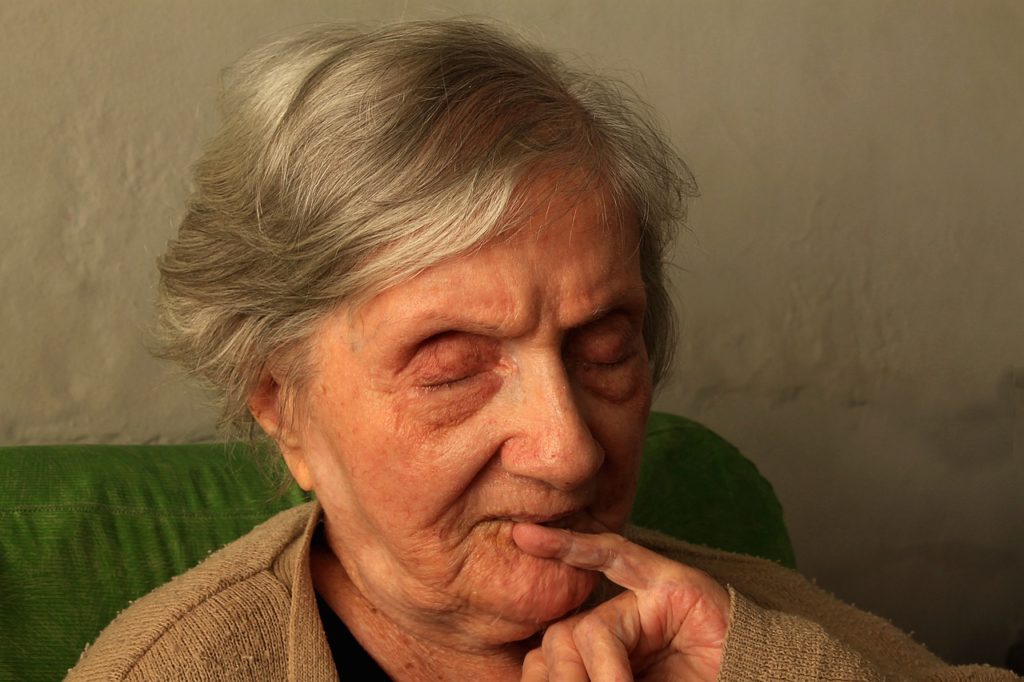
Some of the most commonly used prescription medications include painkillers, tranquilizers, antidepressants, and sleep aides.
Opioid based painkillers are often prescribed for individuals who are suffering with moderate to severe pain – either acute or chronic. Common opioid prescriptions include hydrocodone, morphine, codeine, and oxycodone.
While these medications can be helpful with pain management and in improving a person’s overall quality of life, these drugs can also be highly addictive and used improperly.
Addictive Properties of Prescription Opioids
According to the National Survey on Drug Use and Health (NSDUH), over fifty percent of people who have misused prescription painkillers had received them from a relative or friend without a prescription, while approximately twenty-two percent had received the prescription from a doctor [1].
It is often assumed that since opioid painkillers are given via prescription that they are “safe”; however, the non-medical use of prescription painkillers can lead to many adverse side effects and can even prove fatal. Many individuals may also develop a tolerance to an opioid painkiller, which may lead them to take an increased amount to experience the same effect.
Opioid Use in the Malnourished Patient
 Many different individuals may seek out opioid painkillers, including those who are dealing with chronic diseases that may result in malnourishment, such as cancer.
Many different individuals may seek out opioid painkillers, including those who are dealing with chronic diseases that may result in malnourishment, such as cancer.
While opioid use in not necessarily contraindicated in the malnourished person, these types of painkillers should be used with caution and under the supervision and discretion of a physician.
Some malnourished individuals may be more susceptible to an increased response to opioid medications, which may lead to adverse reactions. If a person is struggling with a chronic disease, in which their immune system may already be compromised, it is important to understand the potential toxic effects of an opioid-based painkiller.
If you or someone you care for is dealing with malnourishment and seeking appropriate pain management, be sure to discuss what options are most effective for you. Talk with your doctor about whether or not an opioid-based painkiller is appropriate for you in your current condition and if so, what dosage/frequency would be best for you and your pain management goals.
References:
[1]: “Opioids”, Substance Abuse and Mental Health Services Administration, http://www.samhsa.gov/atod/opioids

About the Author: Crystal is a Masters-level Registered Dietitian Nutritionist (RDN) with a specialty focus in eating disorders, maternal/child health and wellness, and intuitive eating. Combining clinical experience with a love of social media and writing, Crystal serves as the Special Projects Coordinator for Eating Disorder Hope/Addiction Hope, where her passion to help others find recovery and healing is integrated into each part of her work.
As a Certified Intuitive Eating Counselor, Crystal has dedicated her career to helping others establish a healthy relationship with food and body through her work with EDH/AH and nutrition private practice.
The opinions and views of our guest contributors are shared to provide a broad perspective of addictions. These are not necessarily the views of Addiction Hope, but an effort to offer discussion of various issues by different concerned individuals.
We at Addiction Hope understand that addictions result from a combination of environmental and genetic factors. If you or a loved one are suffering from an addiction, please know that there is hope for you, and seek immediate professional help.
Reviewed By: Jacquelyn Ekern, MS, LPC on March 14, 2016
Published on AddictionHope.com
